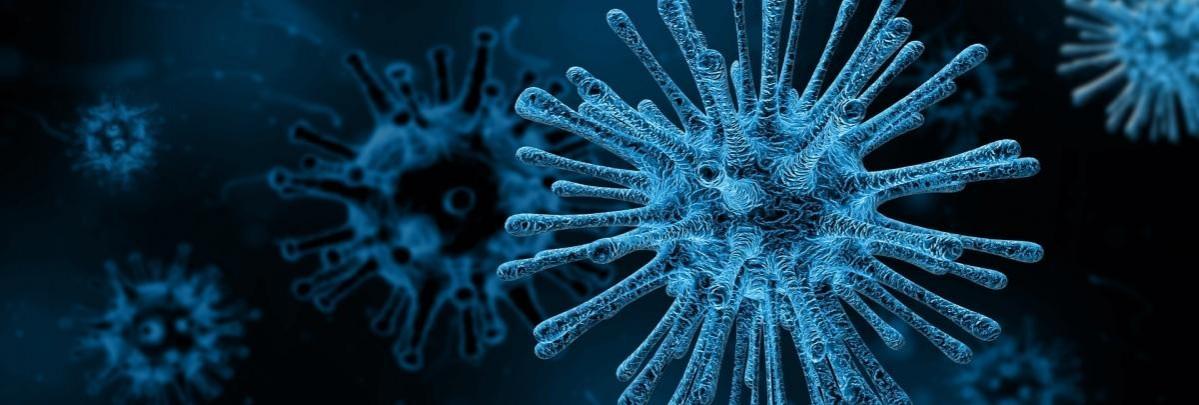Australian scientists have found that SARS-CoV-2, the virus that caused the Covid-19 pandemic, is most ideally adapted to infect human cells -- rather than bat or pangolin cells, again raising questions of its origin.
A team of researchers from Flinders University and La Trobe University used high-performance computer modelling of the form of the SARS-CoV-2 virus at the beginning of the pandemic to predict its ability to infect humans and a range of 12 domestic and exotic animals.
For the study, published in the Nature journal Scientific Reports, the scientists used genomic data from the 12 animal species to build computer models of the key ACE2 protein receptors for each species. These models were then used to calculate the strength of binding of the SARS-CoV-2 spike protein to each species' ACE2 receptor.

The results showed that SARS-CoV-2 bound to ACE2 on human cells more tightly than any of the tested animal species, including bats and pangolins. If one of the animal species tested was the origin, it would normally be expected to show the highest binding to the virus.
"Humans showed the strongest spike binding, consistent with the high susceptibility to the virus, but very surprising if an animal was the initial source of the infection in humans," said David Winkler Professor from the La Trobe University in Melbourne.
"The computer modelling found the virus's ability to bind to the bat ACE2 protein was poor relative to its ability to bind human cells. This argues against the virus being transmitted directly from bats to humans. Hence, if the virus has a natural source, it could only have come to humans via an intermediary species which has yet to be found," added Nikolai Petrovsky Professor at Flinders University in Adelaide.
Computer modelling
Further, the computer modelling showed the SARS-CoV-2 virus also bound relatively strongly to ACE2 from pangolins, a rare exotic ant-eater found in some parts of South-East Asia with occasional instances of use as food or traditional medicines.
Winkler said pangolins showed the highest spike binding energy of all the animals the study looked at -- significantly higher than bats, monkeys and snakes. "Overall, putting aside the intriguing pangolin ACE2 results, our study showed that the Covid-19 virus was very well adapted to infect humans," he added.
The researchers also noted that the question of how the virus came to infect humans has two main explanations -- the virus may have passed to humans from bats through an intermediary animal yet to be found (zoonotic origin), at the same time it cannot yet be excluded that it was released accidently from a virology lab.
A thorough scientific, evidence-based investigation is needed to determine which of these explanations is correct, they said.













